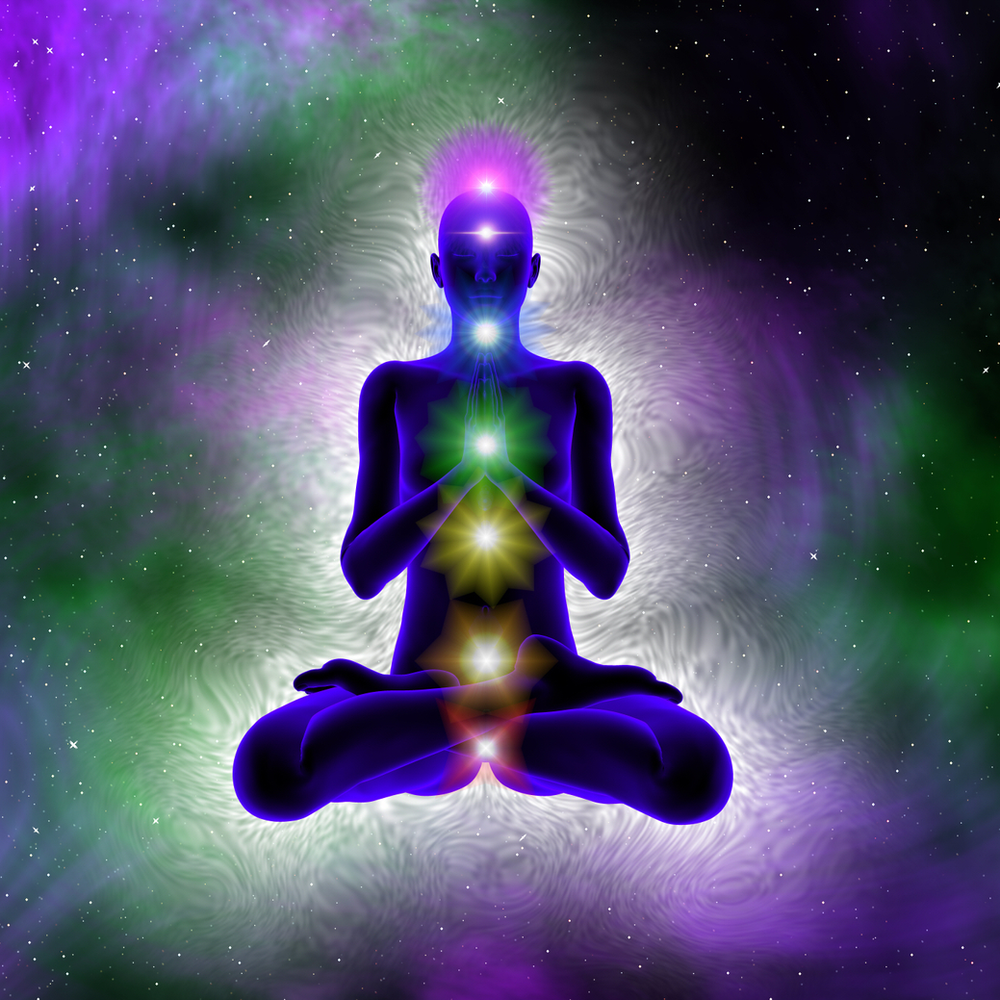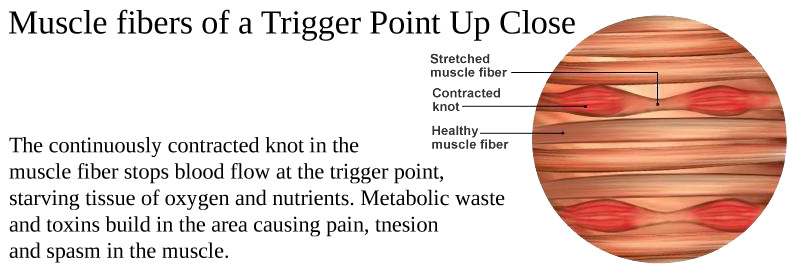The 10 best natural medications for a sore back
Let's talk about back pain for a minute. Back pain is one of the most common medical problems in the world. Over 80% of people suffer from it and most aren't being treated. Here's one main reason why this large amount of people feel back pain it's "the daily grind" – repeated activities that involve carrying or lifting things, or sitting in front of a computer without a break, this can cause muscle tightness and tension that leads to a backache. Back pain can be the result of a medical condition, such as a slipped disc, or sciatica. But these usually mean additional symptoms like numbness, a tingling sensation, or weakness.
Most lower back pain is due to a muscle called the Psoas. The Psoas muscle is the only muscle in your entire body that connects the upper half to the lower half. It originates from your anterior lower spine, around T-12 and connects all the way through L-5 and then runs inferiorly down becoming one with the Iliacus muscle to form the iliopsoas which then connects into a small bony piece called the lesser trochanter.

The primary function of the Psoas is to flex the hip, so when you sit for long periods of time without getting up to stretch, or walk around, you are keeping this muscle in a flexed and shortened position. Muscle Memory starts to remember this and thinks, "Oh this is how I am supposed to be." Now what happens is when you go to stand up the now shortened Psoas will pull on your lower back and make the posterior side pinch all your nerves and discs creating lower back pain.
Always seek medical help if your backache is caused by an underlying medical issue or injury. Consult your doctor and get their opinion if your pain doesn’t get better in a few weeks, is becoming more intense, or gets worse. Fortunately, there are many natural or alternative remedies that can help ease back pain when it strikes. Soothe your aching back with these:
1. Use Contrast Therapy
This is an easy remedy that you can try at home to tackle your backache. Apply a hot water bottle to the affected area to alleviate the pain when your back starts hurting. Using a cold pack can also help. But take care not to apply ice directly on the skin as you might get a cold burn. Wrap the ice pack in a washcloth before you use it. Some people also find that alternating between an ice pack and a hot water bottle eases pain.
2. Try using Turmeric
Herbs like turmeric may serve well as painkillers if your back’s killing you.
Turmeric has Curcumin, which is an antioxidant. It has anti-inflammatory properties and can help tremendously with pain relief. You can find Turmeric extracts as powders, capsules, and tinctures. Or you can sit down and relax while you brew yourself a nice hot cup of turmeric tea. Use its anti-inflammatory powers by adding this spice to your everyday cooking, adding around a tablespoon to your soups and stews.
Cons: Do keep in mind though that turmeric can increase bleeding and might not be suitable if you’re taking blood thinners. Always consult your doctor, or holistic medicine practitioner if you have any questions.
3. Try using Essential oils
Using Essential oils such as Peppermint and Wintergreen have analgesics which help to cool the inflamed joints and muscles. Always mix them using a carrier oil such as fractionated coconut oil, olive oil, grapeseed oil or even canola oil. Frankincense and cypress essential oils are also great at reducing inflammation and increasing blood flow to an area.
4. Ginger and Eucalyptus essential oil
By mixing a little ginger powder and water you will eventually make a paste. Apply this paste to the affected area and let it sit for 10 to 15 minutes before washing it off. Follow up by rubbing on some eucalyptus infused oil. Note that both ginger and eucalyptus oil have anti-inflammatory properties and are known for providing pain relief.
5. Using yoga poses to stretch
Certain Yoga poses can strengthen, stretch, and mobilize your lower back and help reduce stiffness, soreness, and tension. Make the exercises below into a daily routine and you will feel the difference. Remember not to go all out your first time, stretching takes time. Your body did not get this tight over night and one round of stretching is not going to fix it. If you start to feel the pain getting worse after doing any poses stop doing them and consult your doctor.
The Stretch: Bottom To Heel
- Kneel on your hands and knees, placing your hands beneath your shoulders and your knees beneath your hips.
- Now gradually move the bottom backward, making sure the natural curve of our spine is maintained.
- Hold this position for the space of one deep breath and go back to your starting position.
- Repeat the exercise 8–10 times.
The Knee Roll
- Lie down on your back with a book or flat cushion beneath your head.
- Your knees should be bent and close together, your chin lightly tucked in, and the upper body relaxed.
- Now roll the knees and then your pelvis to the left so that the knee on that side touches the floor.
- Make sure both your shoulders are still touching the floor.
- Hold this position for the space of a deep breath and then go back to the starting position.
- Repeat the exercise 8–10 times and make sure you roll your knees alternately to the left and right side.
The Back Extension
- Lie down on your abdomen and use your elbows to prop yourself up.
- Arch your back gently – you’ll feel your stomach muscles stretch a little as you do this.
- Hold this position for 5–10 seconds before going back to the starting position.
- Make sure your neck doesn’t arch backward and that your hips remain grounded when you do this exercise.
- Repeat this exercise 8–10 times.
The Abdomen Strengthening Exercise
- Lie down on your back with a book or flat cushion beneath your head.
- Bend the knees and make sure your feet are placed hip-width apart.
- Now breathe out and, as you do so, pull up the muscles in your lower abdomen and pelvis. Remember, this is meant to gently tighten your lower stomach. So don’t use more than 25% of your strength or tense your shoulders, neck, or legs while doing it.
- Breathe from your abdomen and hold this position for the space of 5–10 breaths.
- Repeat this exercise 5 times.
Doing this regularly will make your supporting muscles around your spine stronger.
The Pelvic Tilt
- Lie down on your back with a book or flat cushion beneath your head.
- Bend the knees and make sure your feet are placed hip-width apart.
- Now tighten your abdominal muscles and flatten your lower back to the floor.
- Then tilt the pelvis in the direction of your heels.
- Your lower back should arch slightly and you should feel the muscles in your back tightening. Make sure you don’t press down with your feet, shoulders, or neck.
- Repeat this exercise 10–15 times, slowly rocking your pelvis back and forth.
This exercise is meant to strengthen and stretch your lower back.
6. Acupuncture
Acupuncture aims to correct imbalances in the Qi, or Chi, energy by stimulating specific body points by inserting fine needles. There are several meridians in your body such as the bladder, kidney, gallbladder, and liver meridians and they can affect your back. Your acupuncturist will select appropriate body points for treating your back pain. Just make sure you go to a credible and experienced acupuncturist for treatment.
7. Tai Chi
If needles aren't you cup of tea, why not try Ta Chi? Tai Chi is a form of Chinese martial arts. It is an ancient form of self-defense that is said to support the balance of "yin and yang" in your body, which improves the flow of Qi(chi), or life energy. Often described as "meditation in motion" or "moving meditation," the activity takes your body through a specific set of slow graceful movements. Your body is constantly in motion and each movement flows right into the next. A 10-week tai chi program has been found to improve pain and disability in people with persistent low-back pain.
8. Chiropractic Care
Chiropractic treatment manipulates your body structure to get the the root cause of pain, by manipulating the spine and taking the stress off of the Central Nervous System, or CNS. One study observed that over a 2-year period people with back pain who received chiropractic treatment improved 7% more than those who received hospital outpatient treatment.
9. Massage Therapy
Massage therapy is another option that you might want to consider if you have back pain. One study found that people with lower back pain who have 30-minute long massage sessions twice a week for five weeks experienced relief from pain and improved their trunk range of motion. Also they also reported lower anxiety, depression, and improved sleep.
10. Improve posture
Improving your posture can lessen muscle tension and help with your backache. If you have good posture that means that the bones in your spine are aligned correctly. Here are a couple of exercises that can help you correct your posture:
The Imagery Exercise
Imagine that a cord is attached to the top of your head and it’s pulling you up. Keep the pelvis level and don’t let the lower back sway. Stretch your head up towards the roof, and try to expand the space between your pelvis and rib cage. Your body should fall into alignment during this exercise. This means that:
- The natural curve of your spine will be maintained with your shoulders level with your hips and your neck straight.
- Your shoulders will be relaxed and held back.
- Your abdomen will be pulled in.
- Your feet will be apart by the distance of your hip.
- Your weight will be balanced on both your feet evenly.
- Your head will not be tilted to the side, front, or back.
- Your legs will be straight and your knees relaxed.
#massage #naturalhealingways #BackPain #Painmanagement #Pain #LowBackpain #UpperBackPain #SoreBack

NH LICENSE NUMBER 5016M
Thursday 9:00 AM - 3:30PM
Friday 9:00 AM - 3:30PM
Saturday 9:00 AM - 3:30PM

